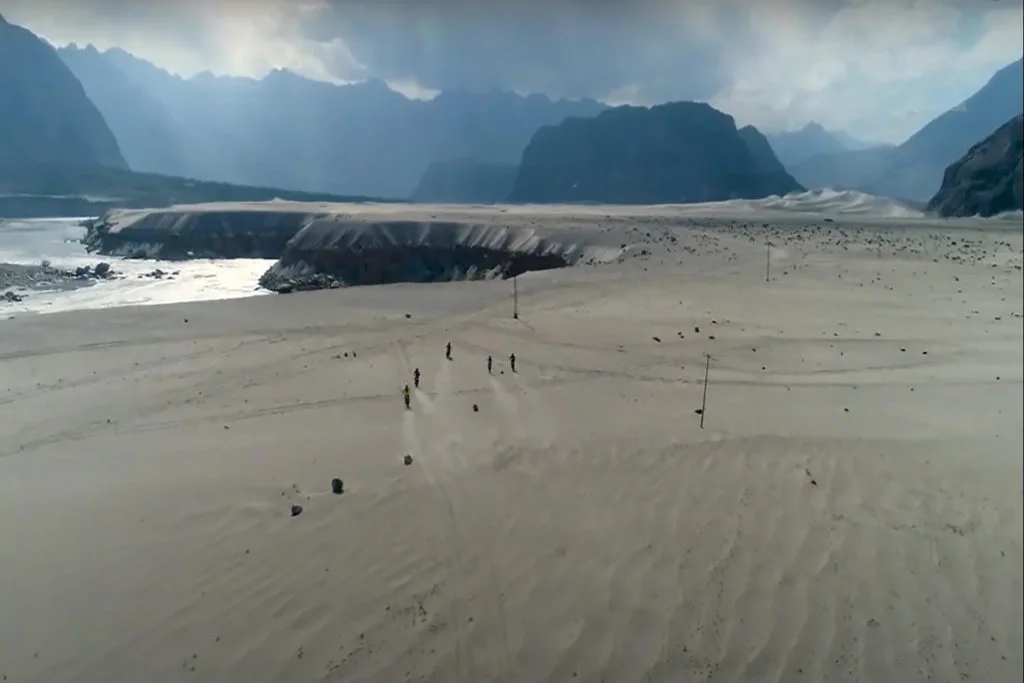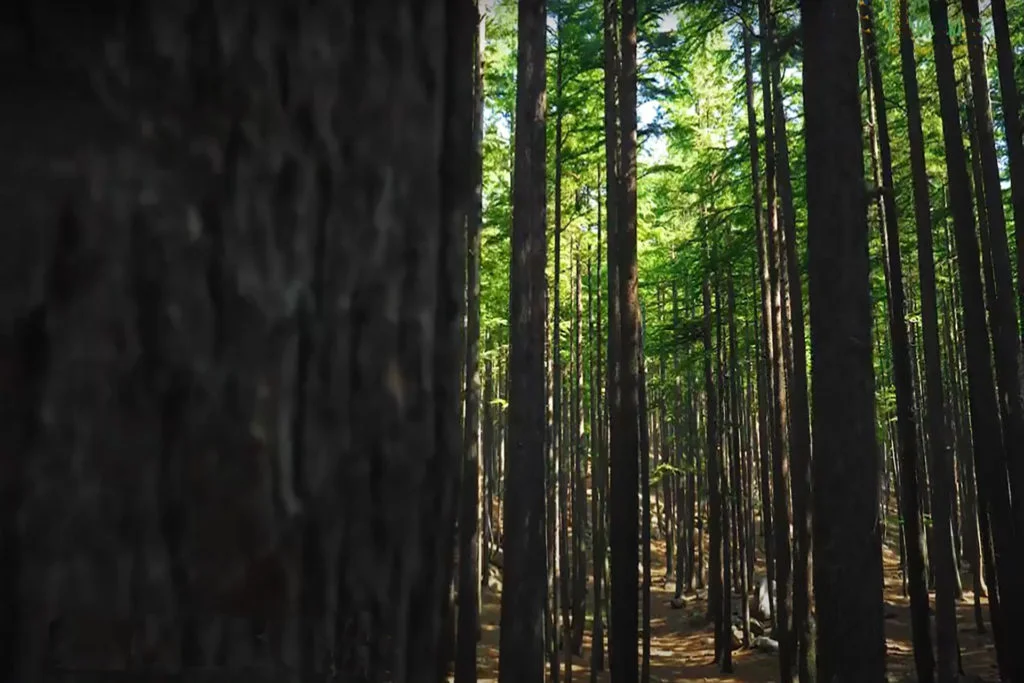When one thinks of the animal kingdom, images of fierce predators and solitary creatures often come to mind. However, in the enchanting world of sea otters, there exists a touching and unique behavior that has captured the hearts of people around the world – holding hands. This seemingly simple act among sea otters is a testament to the enduring bonds of family and community in the animal kingdom.
Sea Otters: The Adorable Aquatic Mammals
Sea otters (Enhydra lutris) are marine mammals native to the coastal waters of the northern Pacific Ocean. Known for their endearing appearance, with fuzzy fur and a perpetual, playful expression, sea otters have long been a favorite among wildlife enthusiasts.
Life in the Ocean
Sea otters are highly adapted to life in the ocean. Their dense fur, consisting of thousands of hairs per square inch, provides excellent insulation against the cold waters of their habitat. They are among the few animals that use tools, using stones and other objects to crack open the shells of their prey, which often includes clams, crabs, and sea urchins.
Community and Family
One of the most remarkable aspects of sea otter behavior is their strong sense of community and family. Unlike many other solitary marine mammals, sea otters often form close-knit groups called rafts. These rafts can consist of anywhere from a few individuals to hundreds, depending on the abundance of food and other factors.
Holding Hands: A Symbol of Unity
Perhaps the most heartwarming behavior exhibited by sea otters is their tendency to hold hands while floating on the water’s surface. This behavior serves several essential purposes:
- Bonding: Sea otters are social animals that rely on strong bonds with their fellow otters for survival. Holding hands is a way to maintain physical contact, ensuring that members of the raft stay connected and don’t drift apart.
- Safety: In the wild, sea otters face threats from predators like sharks and killer whales. By holding hands and forming a tight-knit raft, they create a formidable defense against potential threats.
- Warmth: Sea otters lack the insulating layer of blubber that many other marine mammals possess. To stay warm in the chilly ocean waters, they often hold hands and wrap themselves in kelp, creating a kind of floating “otter raft” that provides both warmth and security.
Conservation and Hope
While the sight of sea otters holding hands is undeniably heartwarming, it also underscores the importance of conservation efforts to protect these remarkable creatures. Sea otters were once hunted to near extinction for their luxurious fur, but concerted conservation measures have helped populations rebound in some areas.
Today, sea otters are considered a keystone species, meaning they play a critical role in maintaining the health and balance of their marine ecosystems. Their presence helps control the populations of sea urchins, which, if left unchecked, can devastate kelp forests and other essential habitats.
Sea otters, with their endearing habits like holding hands, remind us of the profound bonds that exist in the natural world. Their cooperative behavior in the face of ocean challenges is a testament to the power of unity and the importance of protecting these remarkable marine mammals. Observing sea otters in their natural habitat is not only a delight but also a poignant reminder of the beauty and complexity of life beneath the waves.







